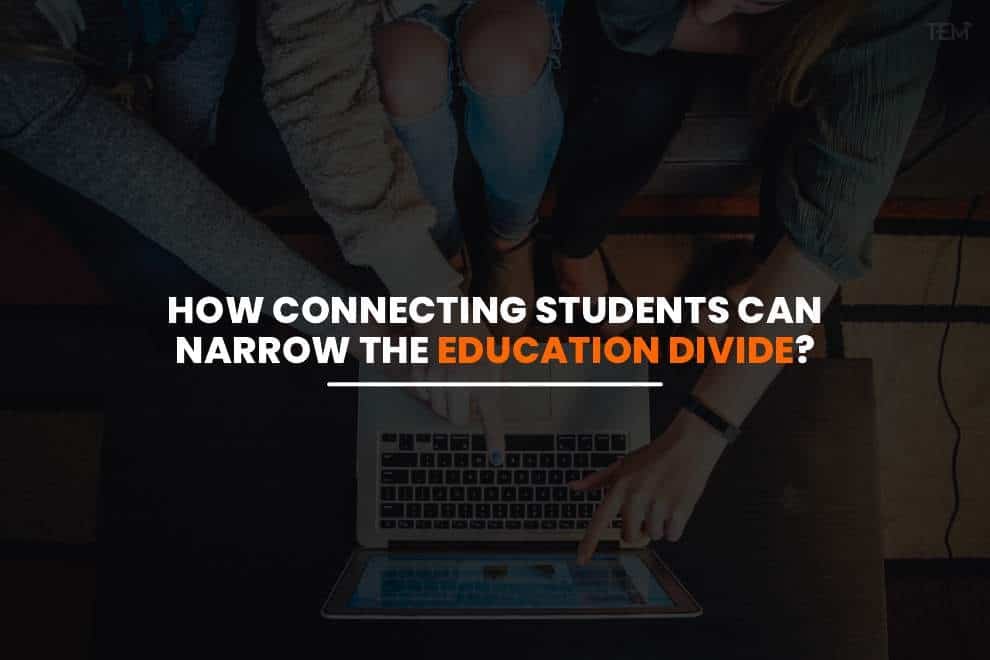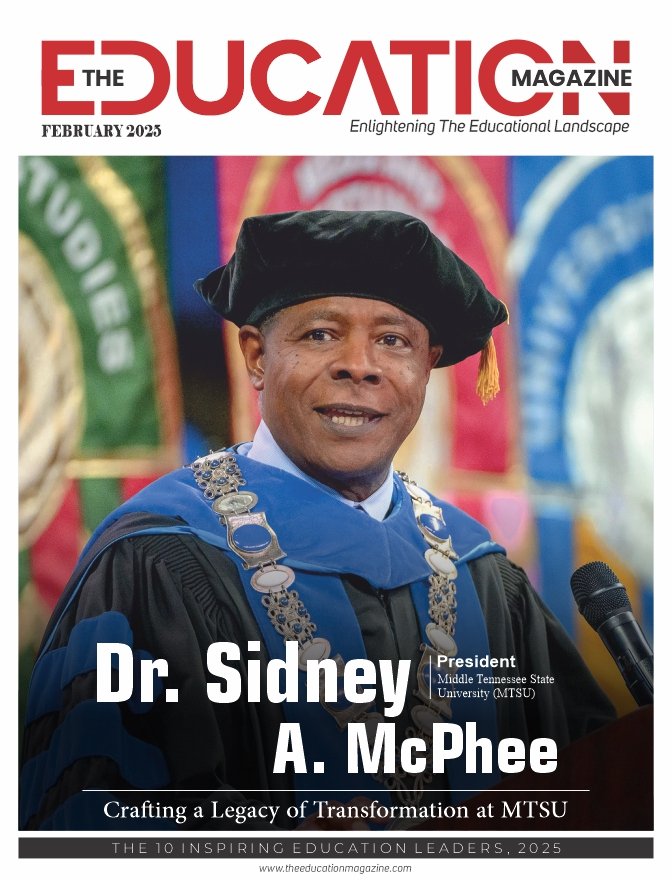Key Highlights:
- A recent report by the Economist Intelligent Unit has claimed that closing the digital divide for students who lack connectivity can provide a boost to economies.
- According to the report, boosting connectivity by 1% can increase the average number of learning-adjusted years of schooling by 06% and GDP per capita by 0.11%.
The COVID-19 crisis demanded transformation across every sector, and the education sector was no exception. Understandably, the shift to online education/distance learning was boosted during the pandemic. While some students had enough resources to comply with this shift and continue their pursuit of quality education, some found this transition difficult due to the lack of resources and connectivity.
While countries around the world are investing efforts to increase connectivity among students, a newly found report may just amplify these efforts. The Economist Intelligent Unit Report, “Connecting Learners, Narrowing the Education Divide”— states that closing the digital divide for students that lack connectivity can significantly boost economies around the world. According to the report, boosting connectivity by 1% can increase the average number of learning-adjusted years of schooling by 0.06% and GDP per capita by 0.11%.
But how is this possible?
The report states “The chain of impact from school connectivity to socio-economic gains begins from improved learning outcomes for children. If improved connectivity is supplemented with the right policies to integrate technology in education, it can improve access to learning resources and enhance the quality of education.”
This means the improved learning outcomes for students, blended with the enhanced digital literacy skills—allows the benefits of school connectivity to pervade across the life of the student, from childhood to adulthood. New and better opportunities are opened for further education, career pathways, as well as through all stages of life. This brings higher income levels and better quality of life. Thus, enhanced school connectivity consequently reflects in the increased GDP of an economy.
The digital gap is broadly visible in some countries as they lack the quality of network and resources. However, in developed nations such as the United States, the accessibility is comparatively higher and a large number of schools are connected. Thus, this gap in the U.S. largely constitutes the quality of connections.
Also Read:- The Best Websites For Self Education Resources










